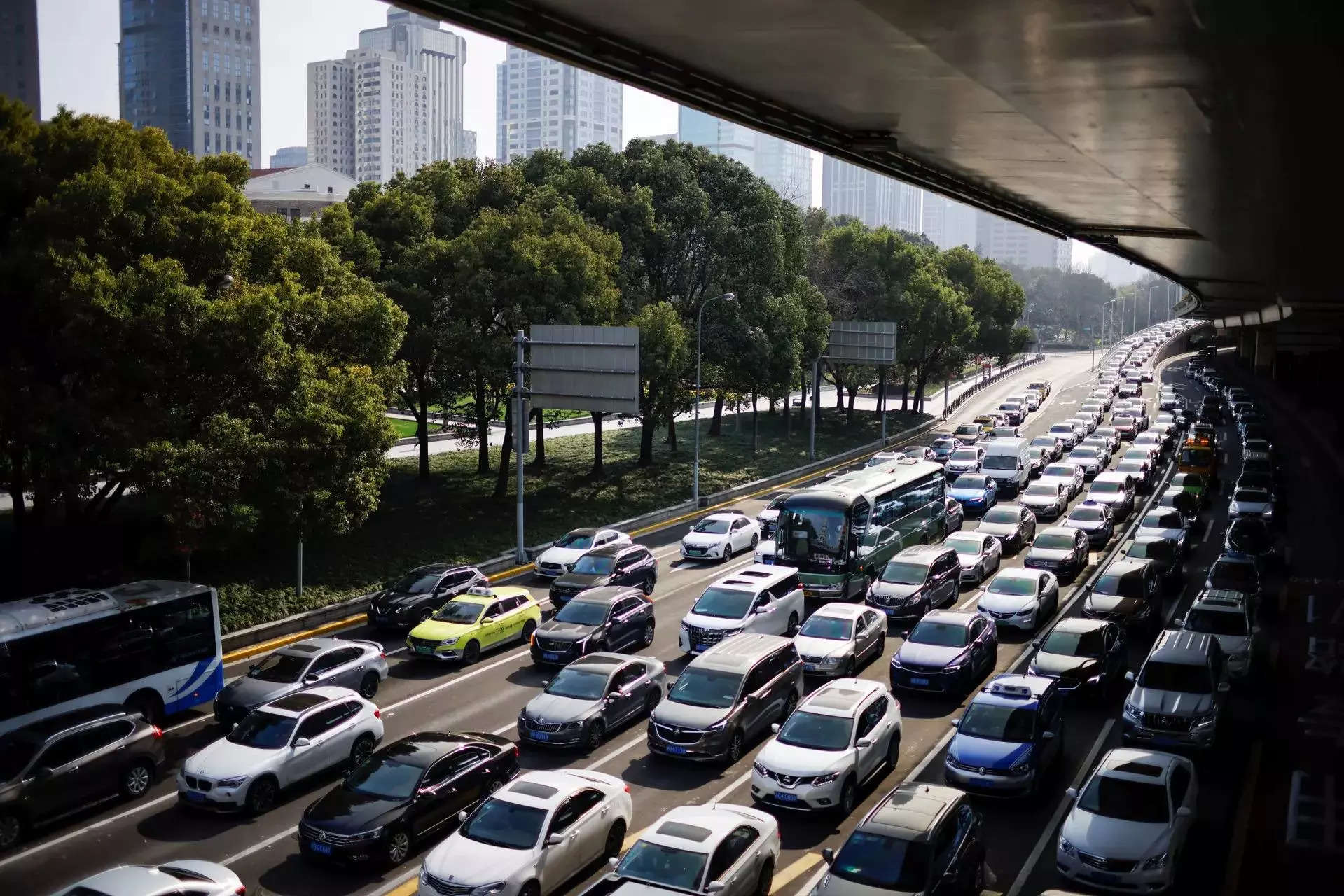 To detect traffic violations, especially speeding and signal jumping, the city’s traffic police have installed nearly 350 ANPR cameras.
To detect traffic violations, especially speeding and signal jumping, the city’s traffic police have installed nearly 350 ANPR cameras.The Delhi government plans to involve a private firm to install an artificial intelligence-based Automatic Number Plate Recognition (ANPR) infringement system on a revenue-sharing model. The company will install the cameras at intersections proposed by the transportation department and operate them for 20 years. It will receive a share of the revenue the government earns through penalties levied on violators.
Officials said the government had already initiated the process by issuing a request for proposals to identify a suitable agency with the expertise to provide AI-based high-resolution cameras with clear visibility to detect traffic violations, complete with analytics, a mobile or tablet-based app for the e-call and a monitoring panel. Initially, the cameras will be installed at 500 traffic points. The number of seats will increase as per the requirement.
To detect traffic violations, especially speeding and signal jumping, the city’s traffic police have installed nearly 350 ANPR cameras. In addition, the city has more than two lakh surveillance cameras installed by the Public Works Department, New Delhi Municipal Council and Delhi Police. According to officials, installing hundreds of ANPR cameras in a city the size of Delhi, with a commitment to maintain them for 20 years and set up a command center to analyze feeds and data, is a cash-intensive project that also requires manpower and technical know-how.
“By doing it on a public-private partnership basis and sharing revenue on every challenge completed, we hope to attract good players to join us in implementing the project,” said an official, requesting anonymity. However, the official declined to comment on the percentage of revenue the government may agree to share with the company installing the system.
The AI-powered cameras will be able to check a number of violations by two-wheeler riders, motorists driving private cars and cabs as well as goods and passenger vehicles.
While the traffic police currently book violators both on the spot and by identifying them through ANPR cameras installed by them, the transport department largely focuses on violations committed by goods and passenger coaches and vehicles flouting pollution norms. Officials said the new system would bring more violations under review, which often escape detection.
“The high-tech cameras will be able to identify motorists driving in the wrong lane or two-wheelers plying on footpaths. The ANPR cameras will also be able to detect end-of-life vehicles, violation of pollution certification, expired insurance, and stolen vehicles by matching the data with the Vahan portal “, an official said. “These cameras will also be able to detect restricted vehicles trying to enter Delhi under odd-even schedule or GRAP restrictions,” the official said.
They will also identify motorists involved in multiple traffic violations. The cameras will also be able to check goods vehicles that are driven without protection or those that are overloaded.
Officials said more than 10 companies showed interest in the project and attended the banning meeting. If all goes well, the government could have the company on board within two months, and work on setting up a service center and installing cameras will begin 30-45 days after the contract is signed.


